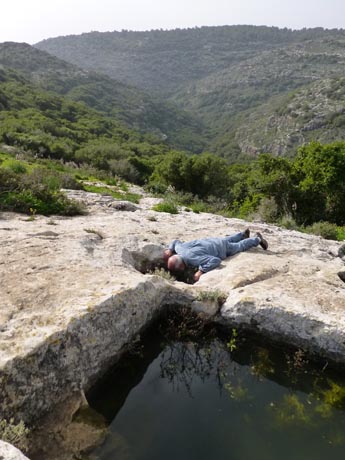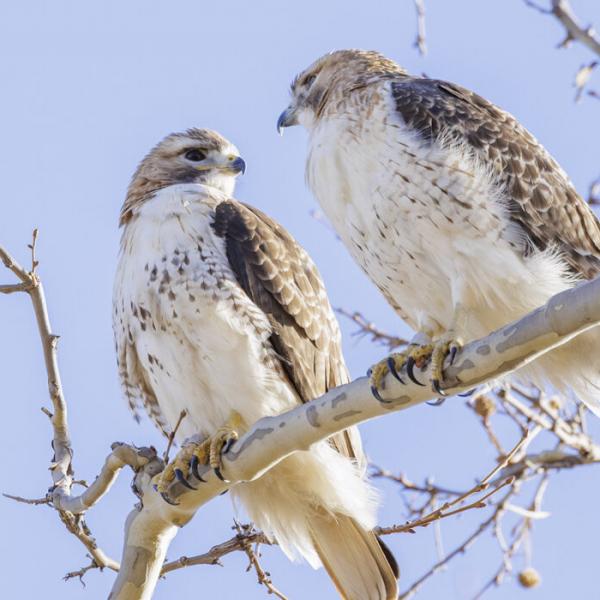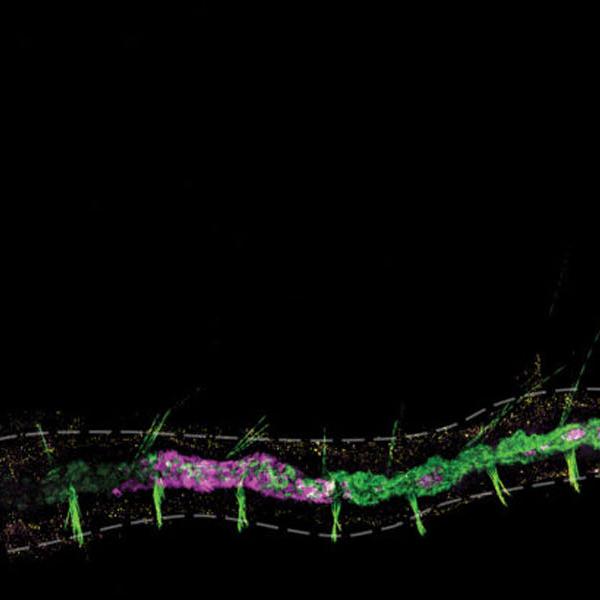Recent Grants
Dr. Alan Templeton is a co-PI on two grants that were funded during this current academic year for work that he performs with  Israeli collaborators. A BSF (Binational Science Foundation, which encourages joint projects between the US and Israel) grant focuses on the wild ass of the Negev. This wild ass has never been domesticated, and is closer to a horse in size than to a donkey (see picture). Wild asses went extinct in the Negev Desert in the 1920’s, but captive stock from zoos in Iran were brought into Israel in the 1970’s. Starting in the 1980’s, a total of 30 animals were reintroduced into protected habitat in the high Negev Desert of Southern Israel. We have estimated the current wild population size to be about 250 animals. We are studying the ecology, population genetics, and behavior of this endangered species in order to ensure its survival in the deserts of southern Israel.
Israeli collaborators. A BSF (Binational Science Foundation, which encourages joint projects between the US and Israel) grant focuses on the wild ass of the Negev. This wild ass has never been domesticated, and is closer to a horse in size than to a donkey (see picture). Wild asses went extinct in the Negev Desert in the 1920’s, but captive stock from zoos in Iran were brought into Israel in the 1970’s. Starting in the 1980’s, a total of 30 animals were reintroduced into protected habitat in the high Negev Desert of Southern Israel. We have estimated the current wild population size to be about 250 animals. We are studying the ecology, population genetics, and behavior of this endangered species in order to ensure its survival in the deserts of southern Israel.
Alan is also a co-PI on a DIP (Deutschland-Israel Program) grant, a program that encourages scientific interactions between Germany and Israel. This grant focuses on the role of the transcriptome in allowing fire salamanders to survive and reproduce in an amazing diversity of environments. The extremes of the geographical range of fire salamanders are found in Germany (Salamandra salamandra) and in Israel (Salamandra infraimmaculata), and within both countries the salamanders live in an extremely diverse array of habitats. Depending upon their habitat, the salamanders can display very different life histories and morphologies, and we are investigating the role of gene expression alterations in allowing this extreme plasticity. Field work, field experimentation, and lab experimentation are all being combined with genomic studies on the transcriptomes of these species.
Figure Legend: Leon Blaustein (a coPI from the University of Haifa) observing adult Salamandra infraimmaculata in a cistern found in the ruins of Sumaka, a third century Jewish village on Mount Carmel in Northern Israel. The pool in the foreground has many salamander larvae, and was originally made to catch the grape juice for wine making from a grape press cut into the stone above.
Click here for more images.




